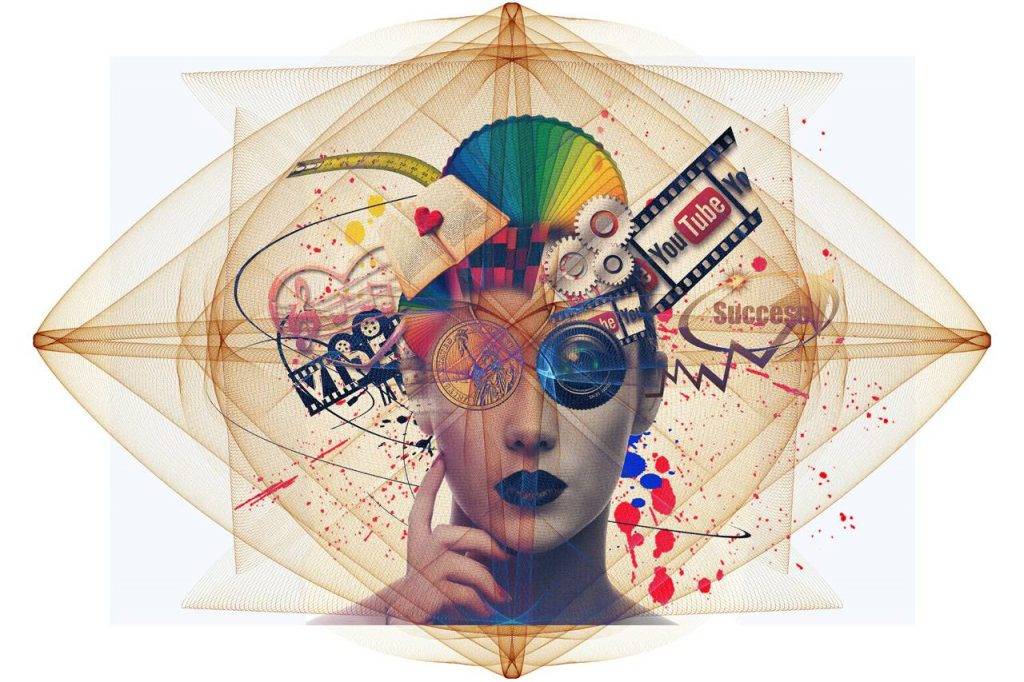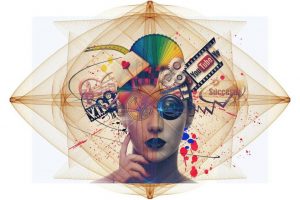Syntonic phototherapy is a simple, non-invasive light therapy treatment that has been around for more than 70 years.
Syntonic phototherapy uses specific light colors, frequencies and wavelengths to improve the body’s regulatory centers in the brain.
When light enters the eye, it travels through the brain to the pineal gland and the hypothalamus— the areas of the brain responsible for chemical and hormone balance.
According to studies, applying light to these areas can stimulate the brain and help to restore the balance within the body’s nervous system, thereby improving vision problems, such as lazy eye (amblyopia), eye turns (strabismus), convergence insufficiency, and focusing difficulties.
This unique light therapy has also proven effective for the treatment of chronic headaches, stress, learning disorders, trauma, brain injuries and concussions.
If you suspect you have an eye condition, contact an eye doctor near you, who can diagnose and treat the condition.
SEE RELATED: Sleep Apnea, Concussion and Vision
How does syntonic phototherapy work?
The colored light used in syntonic phototherapy stimulates the visual system and alters the biochemistry of the brain to improve the balance between the sympathetic and parasympathetic nervous systems.
Colored filter goggles are placed on the eyes for the duration of the light therapy treatment— usually up to 10 minutes. The filter color applied to the goggles is determined based on the presenting visual problem.
Colors such as blue and violet are used to stimulate the parasympathetic nervous system (PNS) which is responsible for controlling our homeostasis and leads to pupil constriction.
Colors on the blue spectrum have been shown to improve focusing abilities for near vision tasks by reducing adrenaline production, anxiety and stress.
Colors such as orange, yellow, and red stimulate the sympathetic nervous system (SNS) responsible for controlling our “fight or flight” response and leads to pupil dilation.
Red and orange are often used to treat lazy eyes, while green and yellow are used to treat esotropia (inward turned eyes).
Can syntonic phototherapy alone treat my vision problem?
In most cases, syntonic phototherapy is prescribed together with vision therapy, specialty lenses and/or prisms to:
- Improve visual acuity and contrast
- Increase visual attention
- Reduce eye strain
- Decrease light sensitivity
LEARN MORE: Guide to Neuro-Optometry
To learn more about syntonic phototherapy and determine if you can benefit from this type of treatment, schedule a functional vision evaluation with an eye doctor today.


